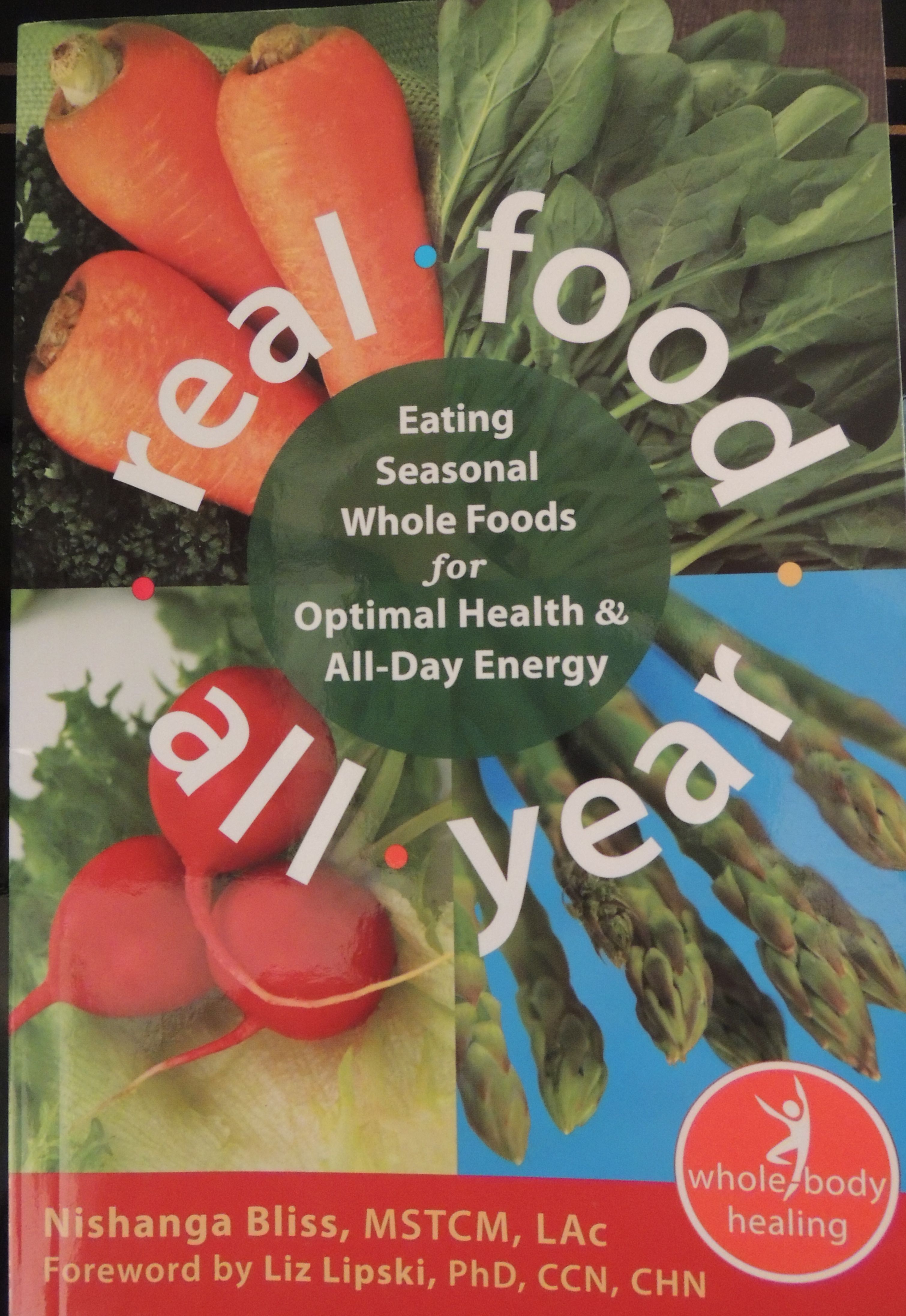Until the last 100 years or so, people ate intuitively with the elemental pattern of the seasons. Nourishing their bodies organically with the full palate of flavors offered throughout the year, humans cultivated, preserved, foraged, hunted and prepared their foods with great care and a fundamental awareness of the deep rhythms of the sweet earth of which we are a part. Now, scooting hurriedly through tight grocery store aisles flanked by towering shelves, we pile colorful boxes and bags haphazardly into metal carts without a thought about their origin. In the midst of this era of convenience, many of us have abandoned the genuine patterns of our bodies and have forgotten how to listen to our nutritional needs. Each season presents a unique array of colors, flavors, challenges, joys, tastes and scenes to revel in. This fall and winter, reconnect with ancient wisdom to find the foods that will optimize your immunity, digestion, energy and spirits during shorter, colder days.
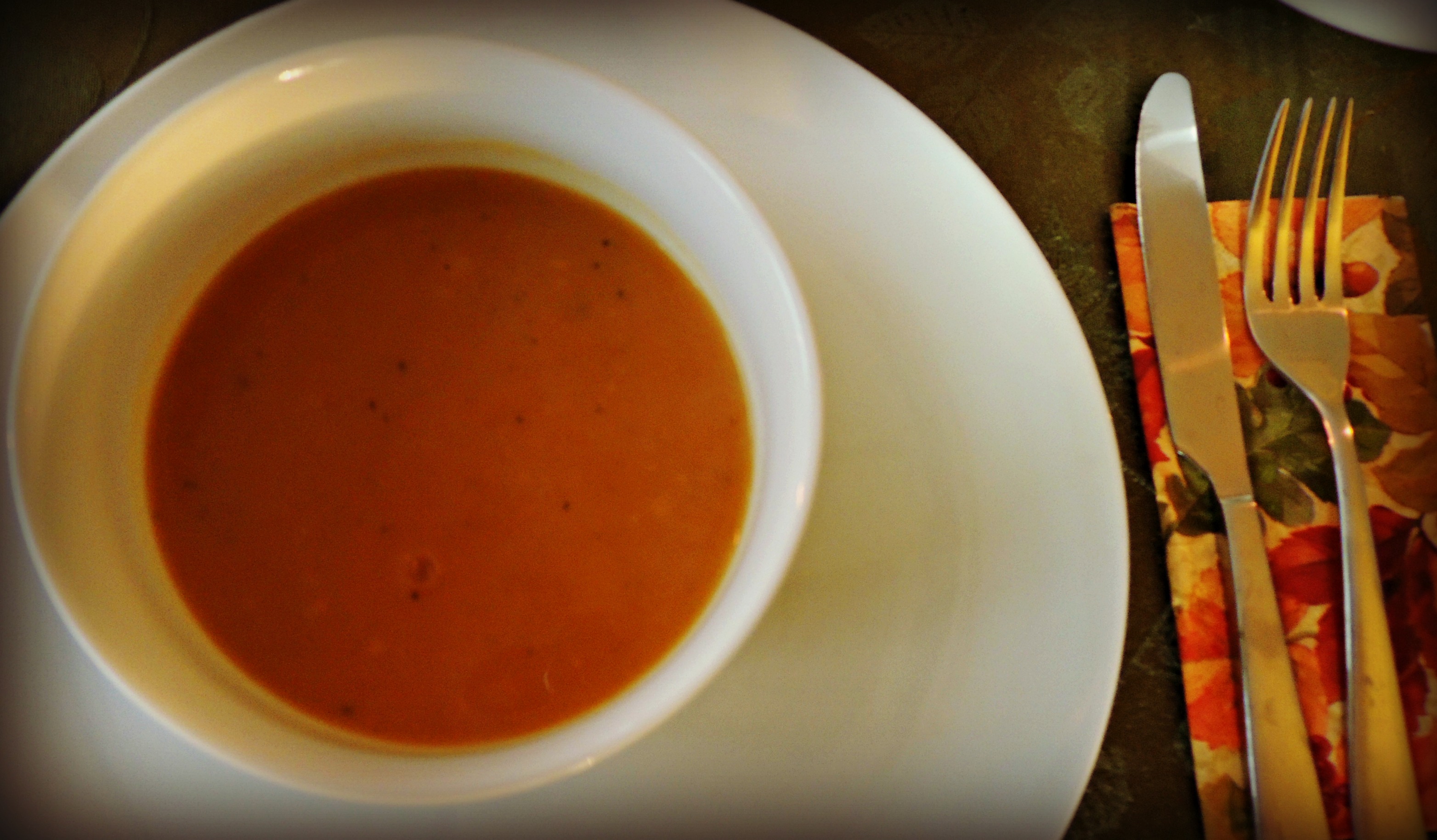
Throughout history, simply surviving the fluctuations in seasons has been challenging due to changing fresh food supplies. Now, with constant access to the 50,000 items found at the average grocery store, this primal struggle is less dire for most and it is easy to make it through the entire year without changing anything in the diet. Since the rise of industrial agriculture, food technology and imported foods, many produce items and appealingly packaged foods are always available for our choosing, allowing us to select what we desire to eat at any given time. Yet, with these thousands of choices, including the myriad of toxic and addictive foods on the market and the ubiquitous advertising campaigns which support them, how can we truly know what we “want”? In such a confusing environment, it is essential that we relearn to echo the patterns of the natural world around us and find modern adaptations of the traditional food and lifestyle rhythms that our ancestors intuitively possessed. By eating local, seasonable, whole foods we can access our potential for strength and vitality during all seasons, building the proper reserves for optimal health and longevity.
Nourishment for the Late Fall and Winter
Reaping the Autumn harvest is a brilliant sensory experience, rich with blushing colors and earthy fragrances. This having been said, there is no one golden, unbending, “right way” to eat for the season; factors such as location, age, culture and lifestyle all come into play. However, there are some general guidelines adapted from the book Real Food All Year that you can customize to meet your personal requirements this fall and winter:
1. Eat Rich, Hearty Foods
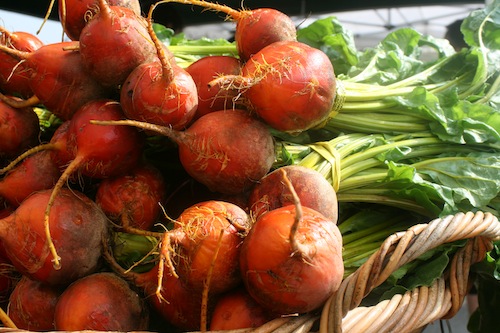 As the thin-skinned summer nightshades vanish and more robust produce is unearthed, you will notice that foods are generally darker in color, signaling a high content of anthocyanins and other powerful phytochemicals that support the body in transition to shorter, colder days. Roots, seeds and tubers are also important at this time of year; the plant energy stored in these forms is important in moderating the sluggishness that can prevail throughout the darker seasons. You may also notice that certain spring produce makes a flickering return in the fall as beets, turnips, fennel and snap peas once again surface. These vegetables are often considered a symbol of transition, marking the changes in light and temperature that are ushered in with each equinox. If you have a local farmer’s market that runs through the late fall and winter, it is wise to look at the offerings available in your area to find suitable foods for your particular geographic location. If, however, fall and winter farmer's markets around you are limited, try to select whole foods when shopping at the grocery store. These foods generally don't have labels and are mostly found around the perimeter of the store. Choose produce carefully, trying to avoid the tauntingly sweet and colorful imported tropical fruits and vegetables- they are generally picked prematurely, artificially ripened during transport and have as many as 40% fewer nutrients than local produce according to recent research. For individuals who include grains in the diet, soaked, sprouted and dried grains that are dark in color predominate during the fall harvest. Autumn is also traditionally a time to hunt, fish and slaughter farm animals, preparing these sources as stores for the harsh winter months to come. Today, with the advent of refrigeration and food transport, this gathering process is not as frequently used. Yet, some people find it practical to adapt this practice by stocking the freezer with locally sourced whole-animal purchases or by participating in a meat shares during this time of year.
As the thin-skinned summer nightshades vanish and more robust produce is unearthed, you will notice that foods are generally darker in color, signaling a high content of anthocyanins and other powerful phytochemicals that support the body in transition to shorter, colder days. Roots, seeds and tubers are also important at this time of year; the plant energy stored in these forms is important in moderating the sluggishness that can prevail throughout the darker seasons. You may also notice that certain spring produce makes a flickering return in the fall as beets, turnips, fennel and snap peas once again surface. These vegetables are often considered a symbol of transition, marking the changes in light and temperature that are ushered in with each equinox. If you have a local farmer’s market that runs through the late fall and winter, it is wise to look at the offerings available in your area to find suitable foods for your particular geographic location. If, however, fall and winter farmer's markets around you are limited, try to select whole foods when shopping at the grocery store. These foods generally don't have labels and are mostly found around the perimeter of the store. Choose produce carefully, trying to avoid the tauntingly sweet and colorful imported tropical fruits and vegetables- they are generally picked prematurely, artificially ripened during transport and have as many as 40% fewer nutrients than local produce according to recent research. For individuals who include grains in the diet, soaked, sprouted and dried grains that are dark in color predominate during the fall harvest. Autumn is also traditionally a time to hunt, fish and slaughter farm animals, preparing these sources as stores for the harsh winter months to come. Today, with the advent of refrigeration and food transport, this gathering process is not as frequently used. Yet, some people find it practical to adapt this practice by stocking the freezer with locally sourced whole-animal purchases or by participating in a meat shares during this time of year.
2. Prepare and Preserve Foods for Deep Nourishment
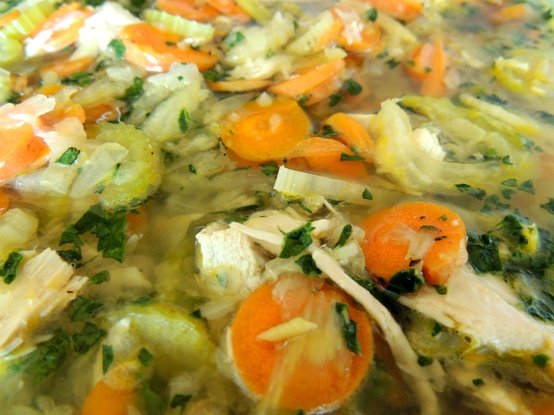 Not only are the types of food consumed throughout the year important, but so are the careful methods in which they are handled and prepared. Traditional cooking methods for the fall and winter are quite intuitive, tending to be slow and warm. Such preparations are often high in fat and include techniques such as roasting, stewing, braising and baking. Long cooking methods may reduce the content of certain vitamins, however they also increase the bioavailability of minerals and other nutrients that are important to keeping the body balanced in the fall and winter months. Nourishing bone broths are a staple food year-round, yet are of particular importance in this season. Quickly prepared raw foods should be eaten with limitation, and instead our focus should turn towards consuming and preserving the robust fall harvest. Try preparing and eating raw fermented foods including vegetables, dairy and even meats, all of which contain healthy bacteria to support digestion and the immune system during the vulnerable winter. Taking care to dehydrate bountiful fall foods such as apples and meats is also a helpful endeavor. Cool autumn days are also wonderful for spending more time indoors experimenting with making soaked and sprouted flours using a family grain mill. The result is a fresh, hearty, mineral-rich base for your baking projects. When adding flavor to fall dishes, including mildly spicy and pungent seasonings and herbs in your cooking will encourage circulation and revitalize you as the days get shorter. Unrefined sea salts, which were traditionally used heavily in preservation techniques, are also very helpful at this time of year for mineralizing foods to build up stores within the body.
Not only are the types of food consumed throughout the year important, but so are the careful methods in which they are handled and prepared. Traditional cooking methods for the fall and winter are quite intuitive, tending to be slow and warm. Such preparations are often high in fat and include techniques such as roasting, stewing, braising and baking. Long cooking methods may reduce the content of certain vitamins, however they also increase the bioavailability of minerals and other nutrients that are important to keeping the body balanced in the fall and winter months. Nourishing bone broths are a staple food year-round, yet are of particular importance in this season. Quickly prepared raw foods should be eaten with limitation, and instead our focus should turn towards consuming and preserving the robust fall harvest. Try preparing and eating raw fermented foods including vegetables, dairy and even meats, all of which contain healthy bacteria to support digestion and the immune system during the vulnerable winter. Taking care to dehydrate bountiful fall foods such as apples and meats is also a helpful endeavor. Cool autumn days are also wonderful for spending more time indoors experimenting with making soaked and sprouted flours using a family grain mill. The result is a fresh, hearty, mineral-rich base for your baking projects. When adding flavor to fall dishes, including mildly spicy and pungent seasonings and herbs in your cooking will encourage circulation and revitalize you as the days get shorter. Unrefined sea salts, which were traditionally used heavily in preservation techniques, are also very helpful at this time of year for mineralizing foods to build up stores within the body.
3. Supplement for Energy and Immunity
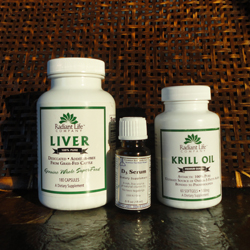 With a weaker sun and chilling temperatures, it is especially important to incorporate energy enhancing superfoods into the diet during fall and winter months. Sacred foods have been included in traditional diets for centuries, anecdotally used as medicinal tonics to "strengthen the life force". Modern scientific analysis has allowed us to isolate the particular substances that many of these superfoods share. Some of the key compounds to consider during this season are: essential fatty acids, protein, fat soluble vitamins A, D, E and K, B vitamin complexes, antioxidants and alkalizing minerals. Together these nutrients prime the body by boosting immunity, fighting inflammation, strengthening digestion, initiating deep cellular repair and increasing the energy storing potential required to sustain us through the busy fall and winter.
With a weaker sun and chilling temperatures, it is especially important to incorporate energy enhancing superfoods into the diet during fall and winter months. Sacred foods have been included in traditional diets for centuries, anecdotally used as medicinal tonics to "strengthen the life force". Modern scientific analysis has allowed us to isolate the particular substances that many of these superfoods share. Some of the key compounds to consider during this season are: essential fatty acids, protein, fat soluble vitamins A, D, E and K, B vitamin complexes, antioxidants and alkalizing minerals. Together these nutrients prime the body by boosting immunity, fighting inflammation, strengthening digestion, initiating deep cellular repair and increasing the energy storing potential required to sustain us through the busy fall and winter.
Sample Late Fall and Winter Shopping List
| Sustainably Sourced Meat | pastured beef, lamb, pork and goat; sustainable fish and seafood, wild game |
| Storage Vegetables & Sturdy Green | carrots, parsnips, rutabagas, celery root, onions, winter squash, brussels sprouts, sea vegetables, kale, collard greens, cabbages bok choy |
| Fruits | apples, pears, grapes, raspberries, blackberries. persimmons, strawberries, kiwi, pomegranate, mandarins and dried fruits |
| Dark and Dried Grains | rye, dark varieties of rice and quinoa |
| Nuts and Seeds | sprouted nuts, seeds and nut butters, especially walnuts, almonds, hazelnuts and pecans |
| Stable Fats | ghee, lard, butter, coconut oil, palm oil |
| Dairy | raw milk, cultured products such as kefir and yogurt |
| Balancing Spices and Seasonings | unrefined sea salt, himalayan salt, turmeric, parsley, cilantro, mint, apple cider vinegar |
| Energizing Superfood Supplements | chlorella, spirulina, barley and wheat grass, liver, cod liver oil, vitamin K2, goji berries, vitamin D3, magnesium, zinc |
Find this post and other natural living tips on Monday Mania, Natural Living Mondays and Frugal Days, Sustainable Ways.

